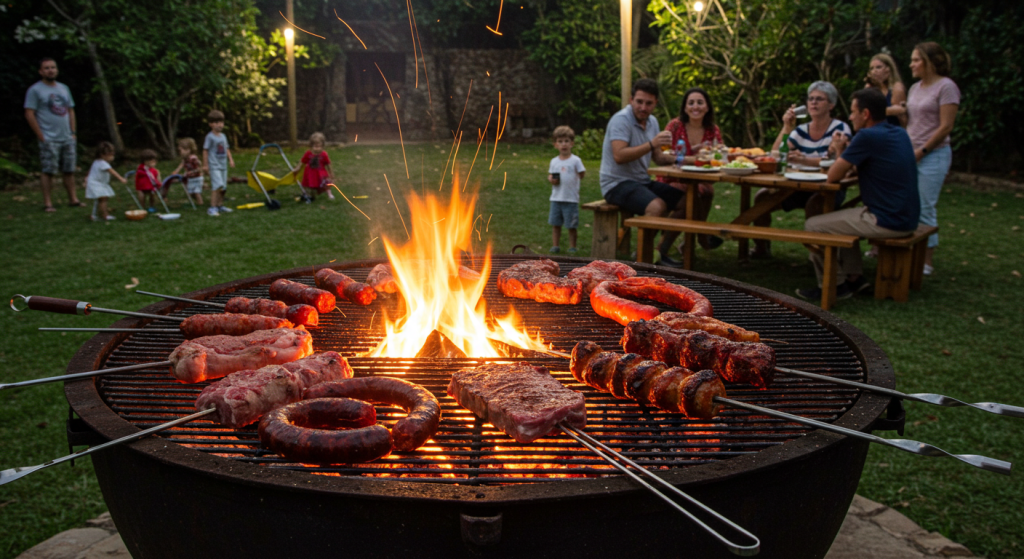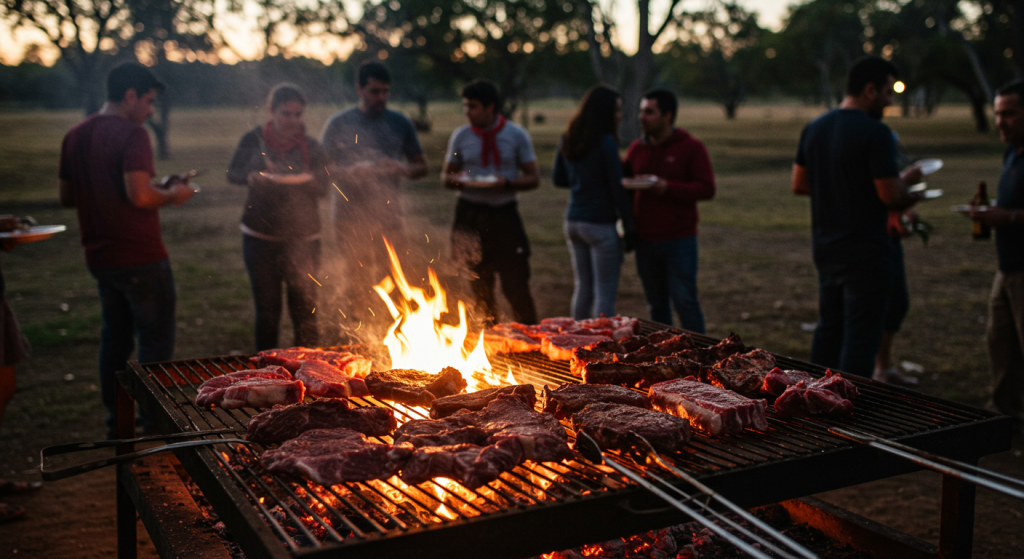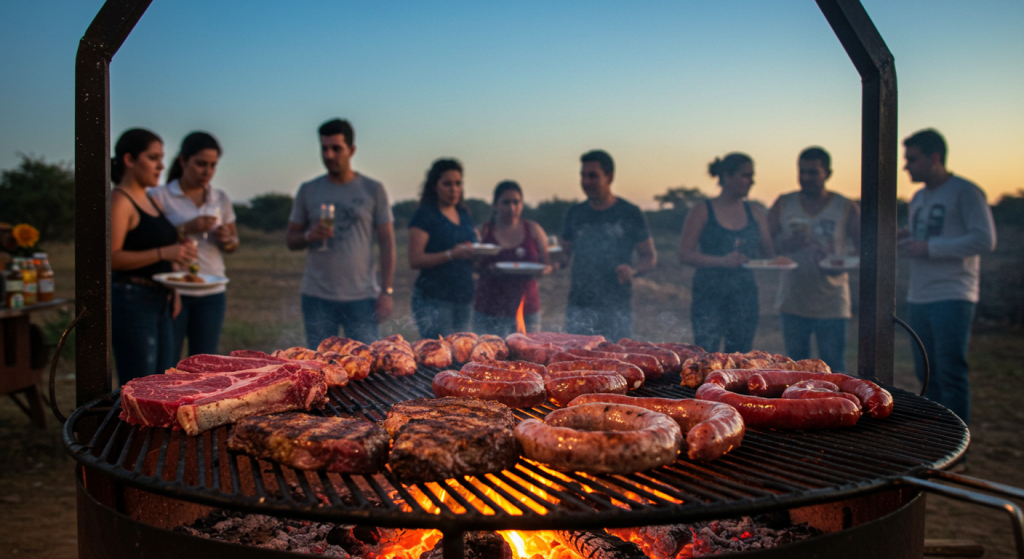



As many cultures celebrate food as a central element of their heritage, few traditions inspire camaraderie and culinary delight quite like Asado. Originating from Argentina, Asado is not merely a method of cooking; it’s an experience, a ritual, and a convivial gathering of family and friends around an open fire. Let’s delve into this remarkable culinary tradition and explore its significance, techniques, and the joy it brings.
What is Asado?
At its core, Asado refers to both the barbecue itself and the social gathering around it. It typically features various cuts of beef, including ribs, short ribs, and sausages, cooked over an open flame or hot embers. While it’s common in Argentina, variations of Asado can be found in parts of Uruguay, Chile, and beyond, each maintaining its unique spin on the technique and dishes.
The Ritual of Asado
Asado is much more than just cooking meat. It embodies the spirit of togetherness and relaxation. Traditionally, the gathering begins with friends and family coming together, often in someone’s backyard or a designated area, where a special grill called a “parrilla” is the centerpiece. This grill arrangement allows the meat to be cooked slowly, resulting in tender and flavorful dishes.
The cooking process is slow and deliberate, reflecting the Asador’s (the person cooking) skill and patience. The choice of wood or charcoal can significantly affect the flavor of the meat, with many opting for wood from native trees like quebracho, imparting a distinctive taste. The meat is often seasoned simply with salt, allowing its natural flavors to shine through, although chimichurri sauce made from parsley, garlic, oil, and vinegar is a popular accompaniment.
The Varieties of Meat
Asado showcases a variety of cuts that highlight the quality of Argentine beef, which is renowned worldwide. Common choices include:
- Asado de tira: Short ribs that are cut crosswise, providing optimal flavor and tenderness.
- Chorizo: A flavorful sausage, often served as an appetizer.
- Provoleta: A grilled provolone cheese dish, which begins to melt and develop a crispy crust, offering a delightful contrast to the succulent meats.
Each cut has its own unique cooking time and method, further emphasizing the skill required in preparing an authentic Asado experience.
Accompaniments and Side Dishes
Complementing the main event are various sides that enhance the dining experience. Traditional accompaniments include fresh salads, grilled vegetables, and, in some regions, roasted potatoes. Wine, particularly Malbec from the Mendoza region, is a favorite choice, enriching the flavors of the meal and heightening the sense of celebration.
The Modern Asado Experience
In today’s world, Asado has evolved, capturing the attention of food enthusiasts globally. Many outdoor cooking aficionados are embracing this technique, hosting their own Asado gatherings to recreate the spirit of community. As Asado recipes are shared and innovations occur, the tradition continues to thrive.
In conclusion, Asado is more than just food; it is an invitation to gather, share stories, and celebrate life. The warmth from the fire, the aroma of grilling meat, and the laughter of loved ones create a unique atmosphere that speaks to the heart of this cherished tradition. Whether you’re experiencing it in Argentina, at home with friends, or in a shared community space, Asado is a timeless celebration of life and flavor.




Add comment